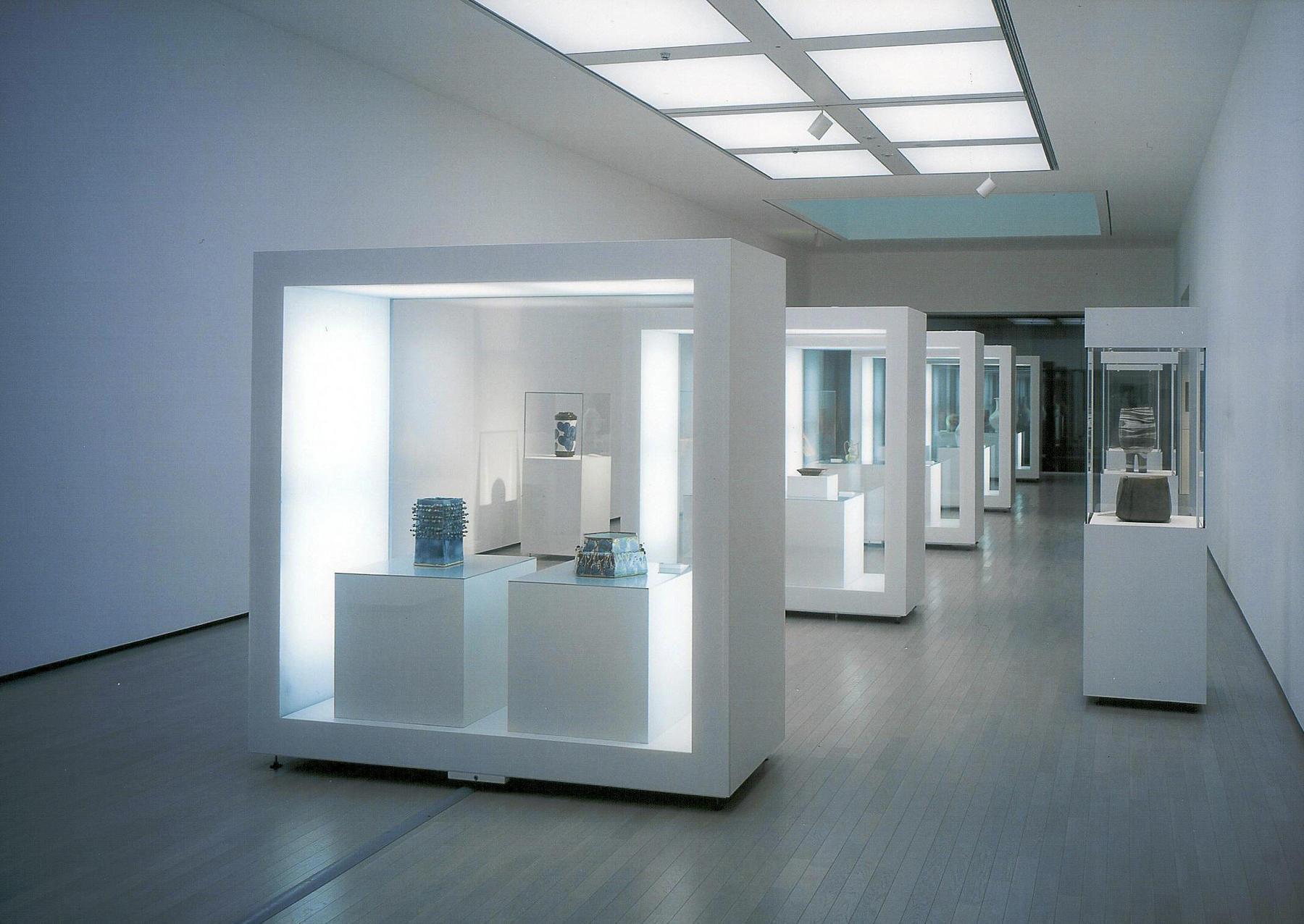Museum display cases serve as direct means of exchanging ideas with the audience, providing a space to present artifacts in their true artistic form. They also act as the final barrier for protecting these artifacts. From a safety perspective, the glass used in museum display cases is the most vulnerable element.

The structural requirements for museum display case glass are as follows:
Protective: The glass must have a certain level of impact resistance, UV protection, intrusion resistance, and anti-theft functionality.
Visibility: The glass should have excellent transparency, low reflectance, and accurately reproduce the true colors of the artifacts. The laminated glass should be free from impurities, foggy defects, and air bubbles.
Safety: The glass itself must not pose any hidden risks of harming the artifacts, and it should not be prone to spontaneous breakage.
Durability: The glass should maintain its appearance without significant yellowing, edge delamination, or air bubbles within the laminated layers during normal use.
Exterior requirements for museum display case glass:
All edges of the glass must be precisely polished, with no evident chipping or sharp corners. The polished surfaces should be free from noticeable scratches, and the glass on both sides of the laminated panel should not have visible chipping.
For standalone and flat display cases, the cutting angle of the glass should be accurate, with an error not exceeding 0.2 degrees.
The glass should have a bending radius not exceeding 0.1%.
Dimensional deviation: For lengths less than 3000mm, a deviation of +0, -1mm is allowed. For lengths greater than 3000mm, a deviation of +0, -1.5mm is allowed.
Diagonal deviation: For diagonals less than 2000mm, a deviation of 1mm is allowed. For diagonals between 2000mm and 3000mm, a deviation of 2mm is allowed. For diagonals greater than 3000mm, a deviation of 3mm is allowed.
The laminated glass must not contain scratches, air bubbles, inclusions, cracks, fine lines, or other defects that exceed the specifications stated in GB15763.3-2009 standard.
+86 19195580698
info@wddisplay.com
+86 19195580698
